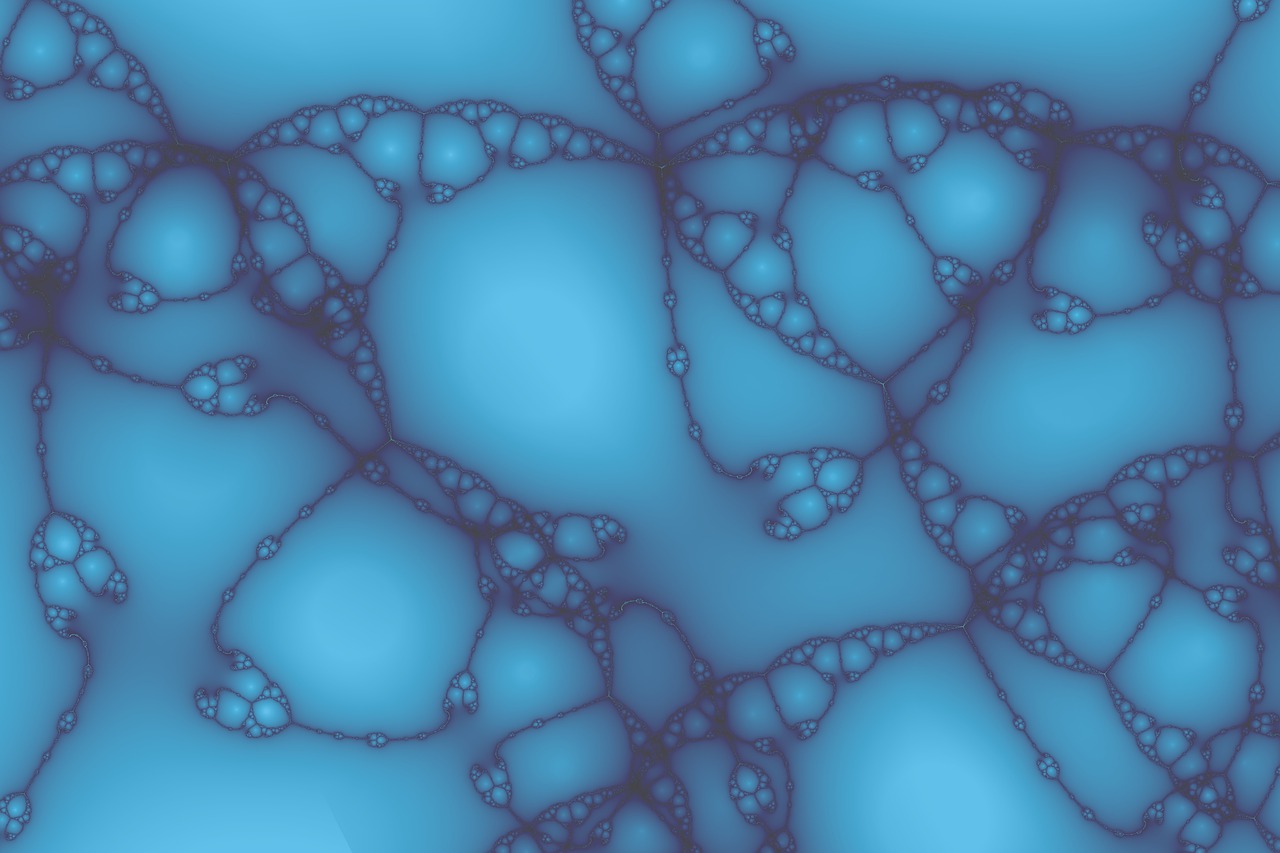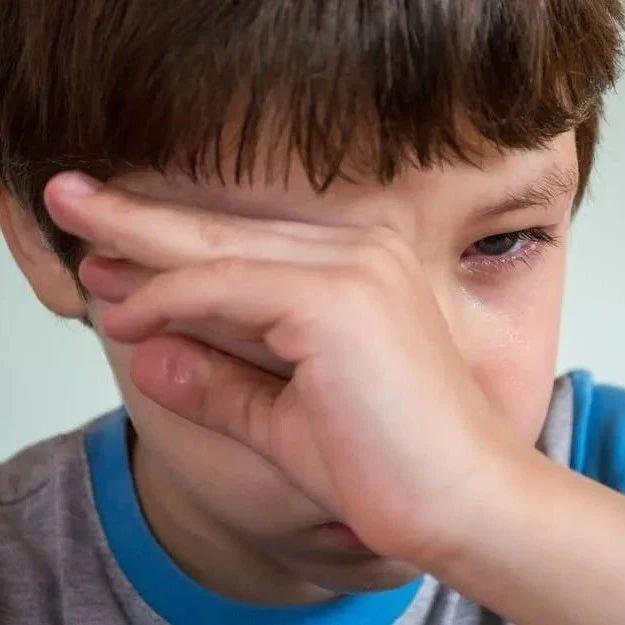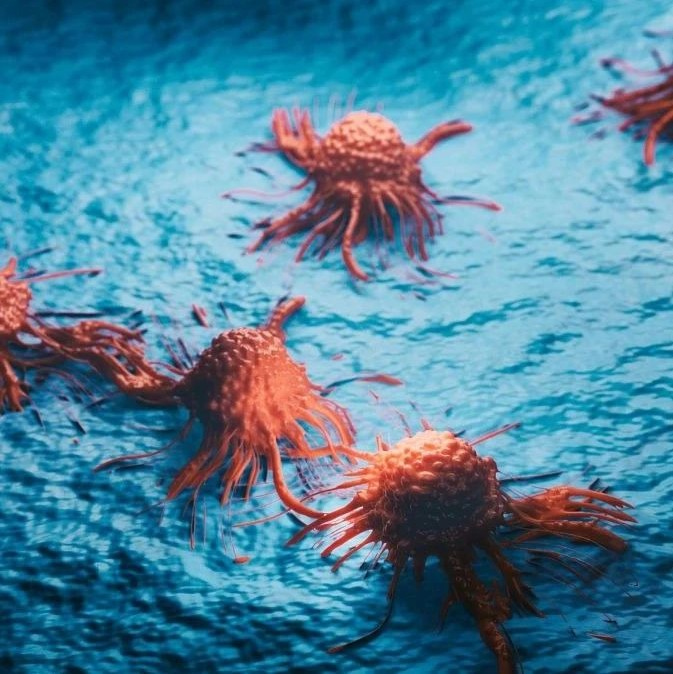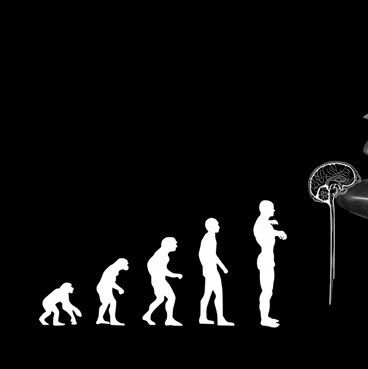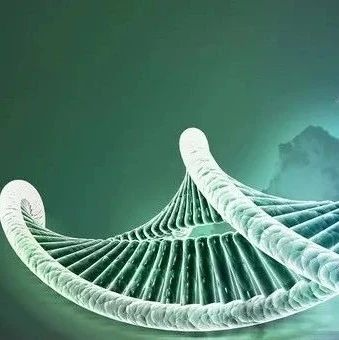新生小鼠和成年小鼠在截肢后能够通过“远端趾间关节”重新长出前肢和后肢的趾尖,但成年小鼠所再生组织的细胞起源一直不清楚。

不同时期的趾尖再生图
现在,Rinkevich等人利用遗传分化图谱和克隆分析的方法发现,一系列组织特异性细胞有助于小鼠“远端趾骨”的再生。这些发现连同用小鸡和蝾螈肢再生模型所做研究表明,组织干细胞的限制性细胞系是在进化中保留下来的,并对趾尖再生起决定作用,而不是“去分化”的多能干细胞。
生物探索推荐英文摘要
Germ-layer and lineage-restricted stem/progenitors regenerate the mouse digit tip
The regrowth of amputated limbs and the distal tips of digits represent models of tissue regeneration in amphibians, fish and mice. For decades it had been assumed that limb regeneration derived from the blastema, an undifferentiated pluripotent cell population thought to be derived from mature cells via dedifferentiation. Here we show that a wide range of tissue stem/progenitor cells contribute towards the restoration of the mouse distal digit. Genetic fate mapping and clonal analysis of individual cells revealed that these stem cells are lineage restricted, mimicking digit growth during development. Transplantation of cyan-fluorescent-protein-expressing haematopoietic stem cells, and parabiosis between genetically marked mice, confirmed that the stem/progenitor cells are tissue resident, including the cells involved in angiogenesis. These results, combined with those from appendage regeneration in other vertebrate subphyla, collectively demonstrate that tissue stem cells rather than pluripotent blastema cells are an evolutionarily conserved cellular mode for limb regeneration after amputation.


